Cost-Effectiveness
The cost-effectiveness of basalt fiber compared to traditional reinforcement materials is an essential driver for the Basalt Fiber Reinforced Polymer Market. While initial production costs may be higher, the long-term benefits of basalt fiber, such as reduced maintenance and enhanced durability, present a compelling case for its adoption. The lifecycle cost analysis indicates that structures reinforced with basalt fiber can achieve significant savings over time due to lower repair and replacement needs. This economic advantage is particularly appealing to sectors like construction and infrastructure, where budget constraints are prevalent. As awareness of these cost benefits spreads, it is likely that more companies will consider basalt fiber as a viable alternative, thereby stimulating market growth.
Regulatory Support
Regulatory frameworks promoting the use of advanced materials are likely to bolster the Basalt Fiber Reinforced Polymer Market. Governments and regulatory bodies are increasingly recognizing the benefits of basalt fiber composites in terms of performance and sustainability. Initiatives aimed at enhancing building codes and standards to incorporate advanced materials are emerging, which could facilitate the adoption of basalt fiber in construction projects. Furthermore, incentives for using eco-friendly materials in infrastructure development are becoming more prevalent, potentially driving demand for basalt fiber products. As these regulations evolve, they may create a favorable environment for manufacturers and end-users alike, leading to increased market penetration and growth opportunities for basalt fiber composites.
Technological Innovations
Technological advancements in the production and application of basalt fiber composites are likely to propel the Basalt Fiber Reinforced Polymer Market forward. Innovations in manufacturing techniques, such as improved fiber processing and enhanced resin formulations, contribute to the superior performance of basalt fiber products. For instance, the development of hybrid composites that combine basalt fibers with other materials is gaining traction, offering enhanced mechanical properties and versatility. This trend is reflected in the increasing number of patents filed in the field, indicating a robust pipeline of new technologies. As industries seek to leverage these advancements, the market for basalt fiber is expected to expand, with estimates suggesting a compound annual growth rate of around 12% over the next five years.
Sustainability Initiatives
The increasing emphasis on sustainability appears to be a pivotal driver for the Basalt Fiber Reinforced Polymer Market. As industries strive to reduce their carbon footprints, the eco-friendly nature of basalt fiber, derived from volcanic rock, positions it as a favorable alternative to traditional materials. This shift is evidenced by the growing demand for sustainable construction materials, with the market for basalt fiber projected to reach approximately USD 200 million by 2026. The lightweight and durable characteristics of basalt fiber composites further enhance their appeal in various applications, including construction and automotive sectors. Consequently, the integration of basalt fiber into manufacturing processes aligns with global sustainability goals, potentially leading to increased adoption rates across multiple industries.
Diverse Application Spectrum
The versatility of basalt fiber composites is a significant driver for the Basalt Fiber Reinforced Polymer Market. These materials find applications across various sectors, including construction, automotive, aerospace, and marine industries. The construction sector, in particular, is witnessing a surge in the use of basalt fiber for reinforcing concrete structures, enhancing durability and resistance to environmental factors. Reports indicate that the construction segment alone could account for over 40% of the total basalt fiber market share by 2025. Additionally, the automotive industry is increasingly adopting basalt fiber for lightweight components, contributing to fuel efficiency and performance. This broad application spectrum suggests a robust growth trajectory for the basalt fiber market, as industries continue to explore innovative uses for these materials.


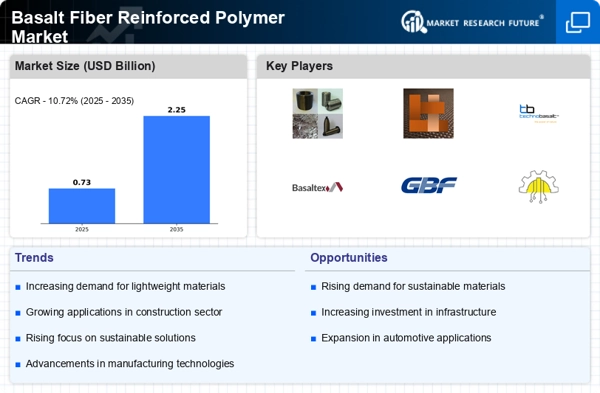
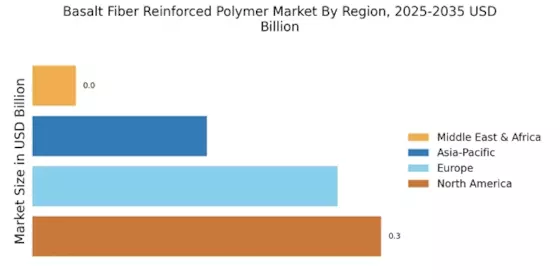
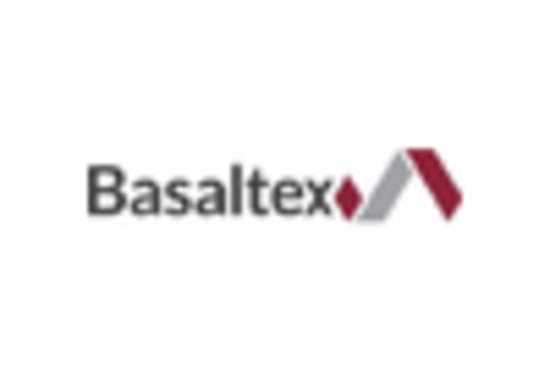
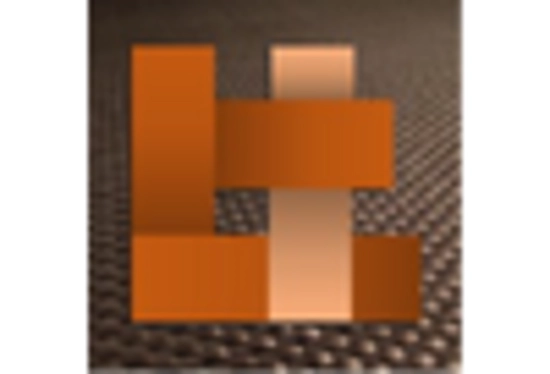
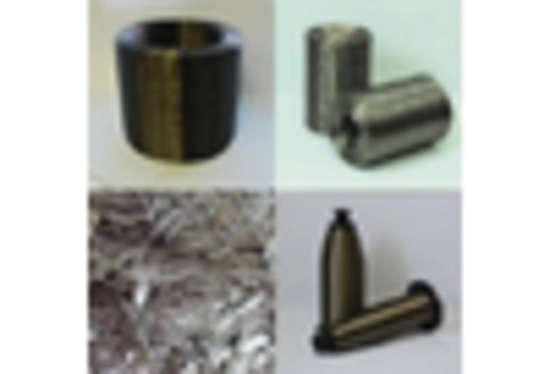
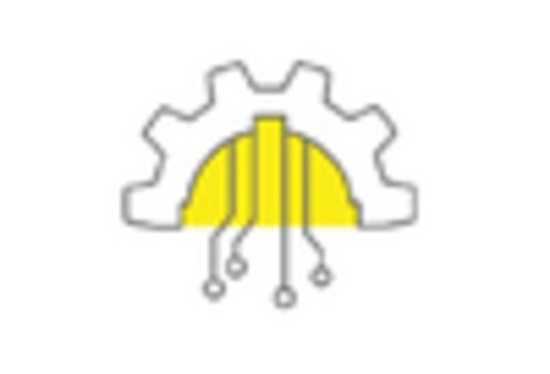










Leave a Comment